Introduction
Switchable glass doors are a modern and innovative solution that combines the functionality of traditional doors with the versatility and elegance of glass. These doors feature a unique technology that allows them to transition between transparent and opaque states, providing privacy and an aesthetically pleasing appearance. In this blog, we will explore how switchable glass doors work, their benefits, applications, installation considerations, energy efficiency, design options, cost factors, and future trends.
How Switchable Glass Doors Work
Switchable glass doors utilise a suspended particle device (SPD) or electrochromic technology. The SPD technology consists of tiny particles suspended in a liquid between two layers of glass. When an electrical current is applied, the particles align and allow light to pass through, making the glass transparent. Conversely, when the current is switched off, the particles disperse, causing the glass to become opaque.
Benefits of Switchable Glass Doors
Switchable glass doors offer several advantages over traditional doors:
Privacy: The ability to switch between transparent and opaque states provides instant privacy when required, making them ideal for spaces such as conference rooms, executive offices, and healthcare facilities.
Versatility: Switchable glass doors can transform a space, adapting to different needs and allowing for open or private environments, depending on the situation.
Natural light: In transparent mode, switchable glass doors allow natural light to flow through, creating a bright and inviting atmosphere.
Energy efficiency: These doors can contribute to energy efficiency by reducing the need for artificial lighting during the day and minimising heat transfer.
Sound control: Switchable glass doors can help mitigate noise pollution, providing a quieter environment when in opaque mode.
Applications of Switchable Glass Doors
Switchable glass doors have a wide range of applications in various industries:
Corporate offices: They enhance privacy in meeting rooms, executive offices, and boardrooms while maintaining an open and spacious feel.=
Healthcare facilities: Switchable glass doors are used in hospitals, clinics, and laboratories to create private areas for consultations, surgeries, and research.
Hospitality sector: Hotels, resorts, and restaurants can benefit from switchable glass doors to divide spaces and create private dining areas or meeting rooms.
Retail stores: These doors can be used in fitting rooms or storefronts to balance privacy and visibility.
Residential properties: Switchable glass doors can be incorporated into homes, providing privacy for bathrooms, bedrooms, or home offices while maximising natural light.
Installation and Maintenance Considerations
Installing switchable glass doors requires professional expertise to ensure proper electrical wiring and integration with the building’s power system. It’s crucial to work with experienced contractors who are familiar with the technology. Additionally, regular maintenance is necessary to keep the doors in optimal condition and extend their lifespan. Cleaning the glass surfaces with appropriate solutions and avoiding abrasive materials is essential to prevent damage.
Design Options and Customisation
Switchable glass doors come in various design options to suit different architectural styles and preferences. Customisation choices include:
Frame materials: Doors can be constructed with different frame materials such as aluminum, stainless steel, or wood, allowing for seamless integration with the overall design.
Size and shape: These doors can be manufactured in different sizes and shapes, accommodating unique architectural requirements.
Cost Considerations
The cost of switchable glass doors depends on various factors, including size, customisation, installation complexity, and the chosen technology. While they may have a higher upfront cost compared to traditional doors, the long-term benefits in terms of energy efficiency, privacy, and aesthetics often justify the investment.
Comparison with Traditional Doors
Switchable glass doors offer distinct advantages over conventional doors. While traditional doors provide privacy, they can create a closed-off feeling and limit natural light. In contrast, switchable glass doors provide privacy on demand while maintaining an open and bright atmosphere. Additionally, the ability to control transparency gives switchable glass doors a modern and sophisticated appeal.
Future Trends in Switchable Glass Doors
As technology advances, switchable glass doors are expected to become more advanced and versatile. Some potential future trends include:
Integration with smart home systems: Switchable glass doors could be connected to home automation systems, allowing users to control their transparency remotely using voice commands or mobile applications.
Interactive functionalities: Imagine switchable glass doors that can display digital content or become touch-sensitive surfaces, offering interactive features and enhancing user experience.
Improved energy efficiency: Ongoing research aims to enhance the energy efficiency of switchable glass doors by developing more efficient electrochromic materials and optimising control systems.
In conclusion, switchable glass doors are an innovative solution that combines the functionality of traditional doors with the versatility of glass. They offer privacy, natural light, energy efficiency, and customisation options, making them suitable for a wide range of applications. As technology continues to evolve, switchable glass doors are expected to become even more advanced and adaptable, shaping the future of architectural design.
Who We Are
Tecdur is the leading manufacturer of smart glass for the UK and Ireland. Tecdur Switchable Glass provides the best clarity, lowest power consumption and lowest haze currently available. We can offer a wide range of specifications to meet project requirements with our switchable glass, cost is dependent on specification, application and design. Please get in contact with us to discuss further.
Please visit our portfolio for a look at completed projects. Keep up to date on our LinkedIn Showcase page


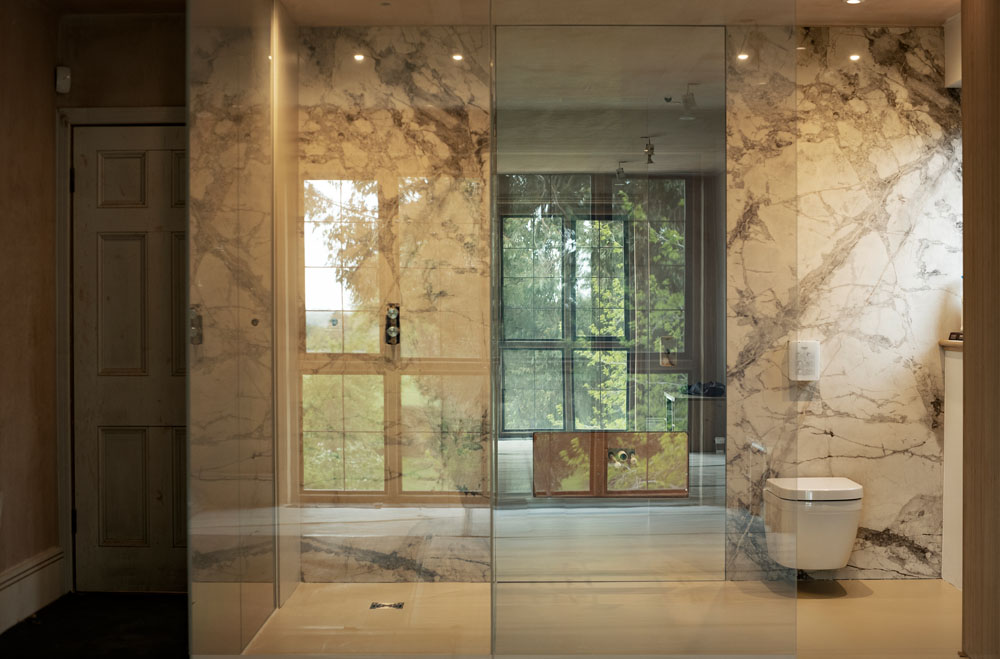
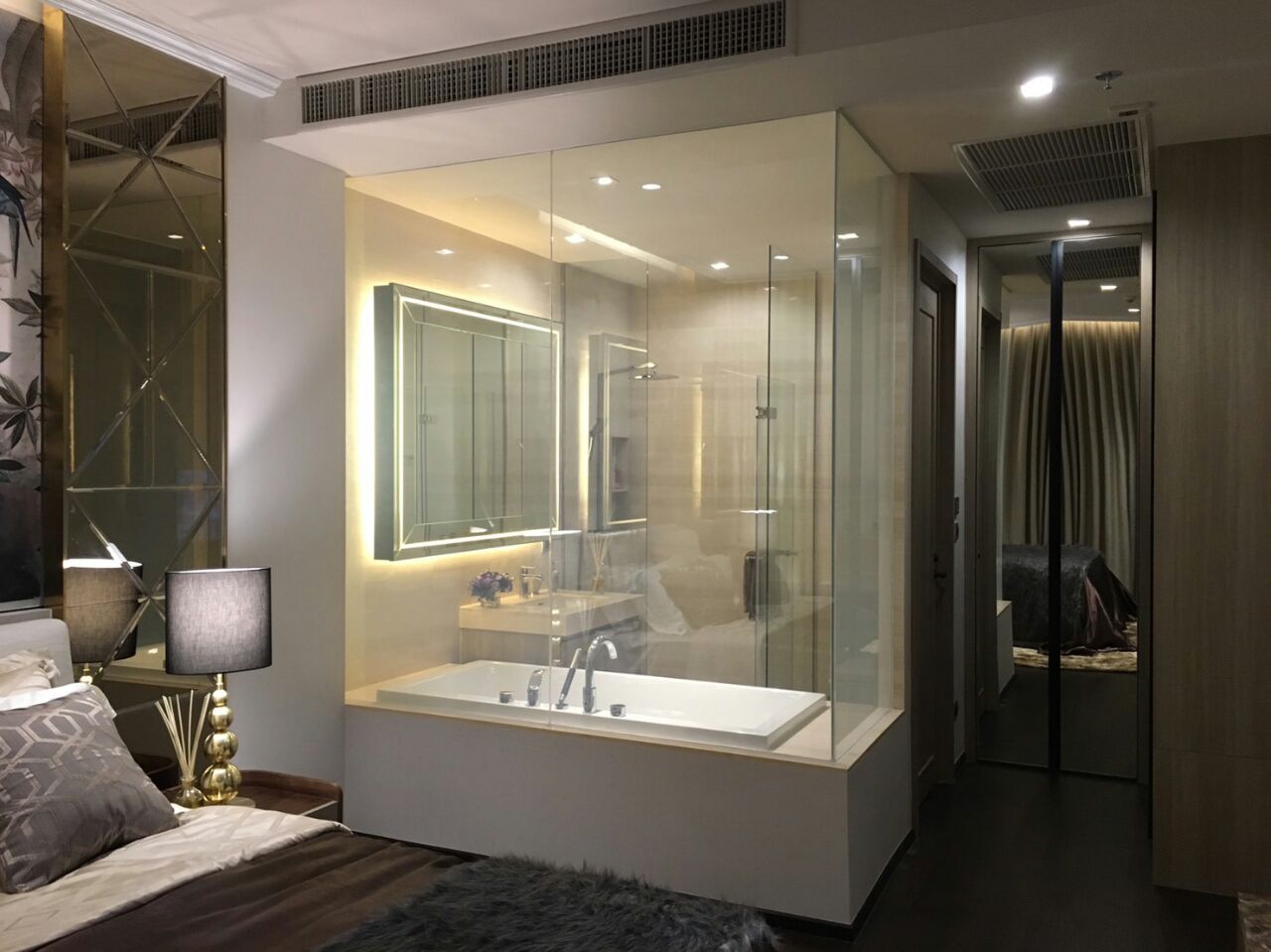
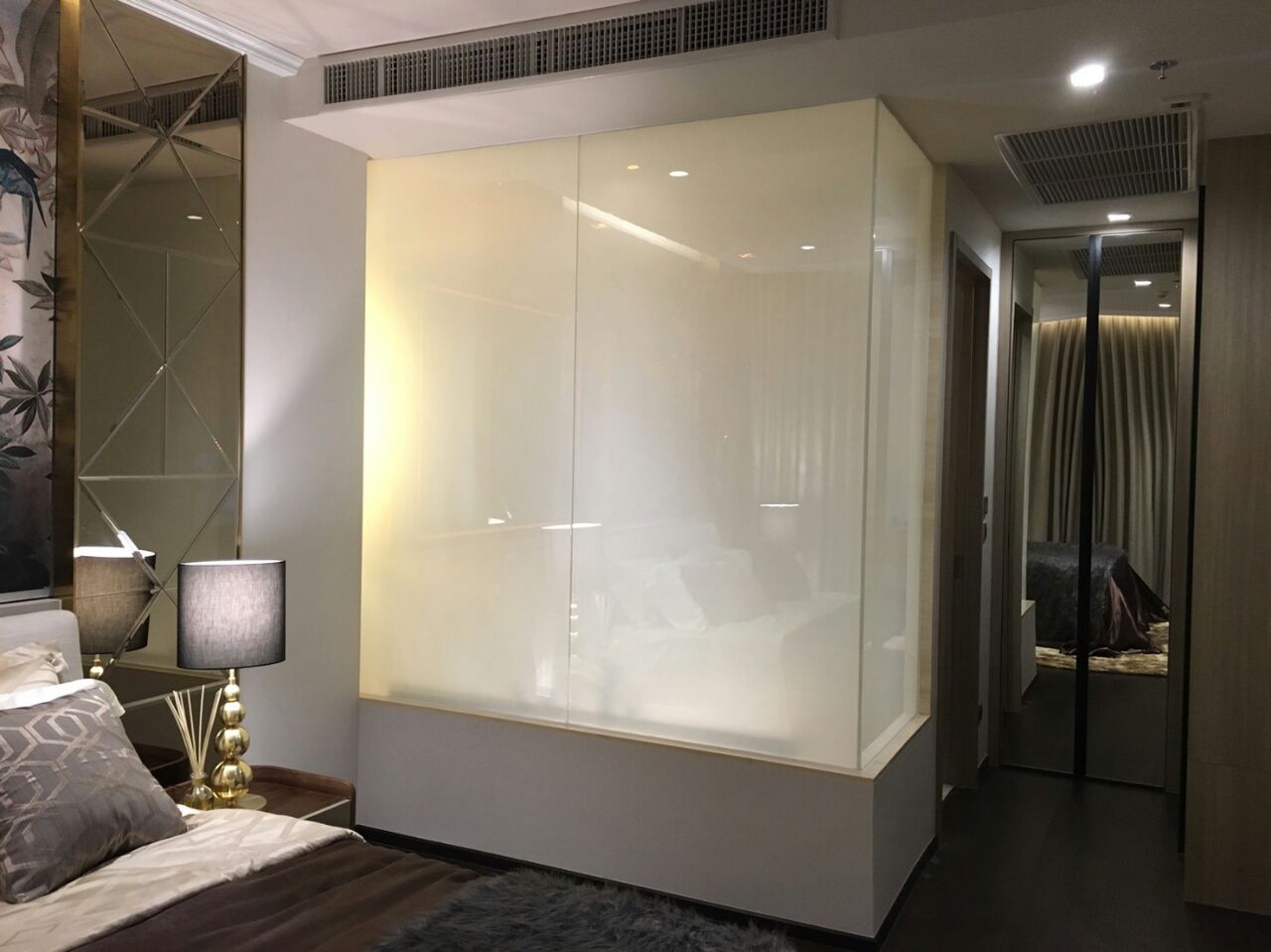
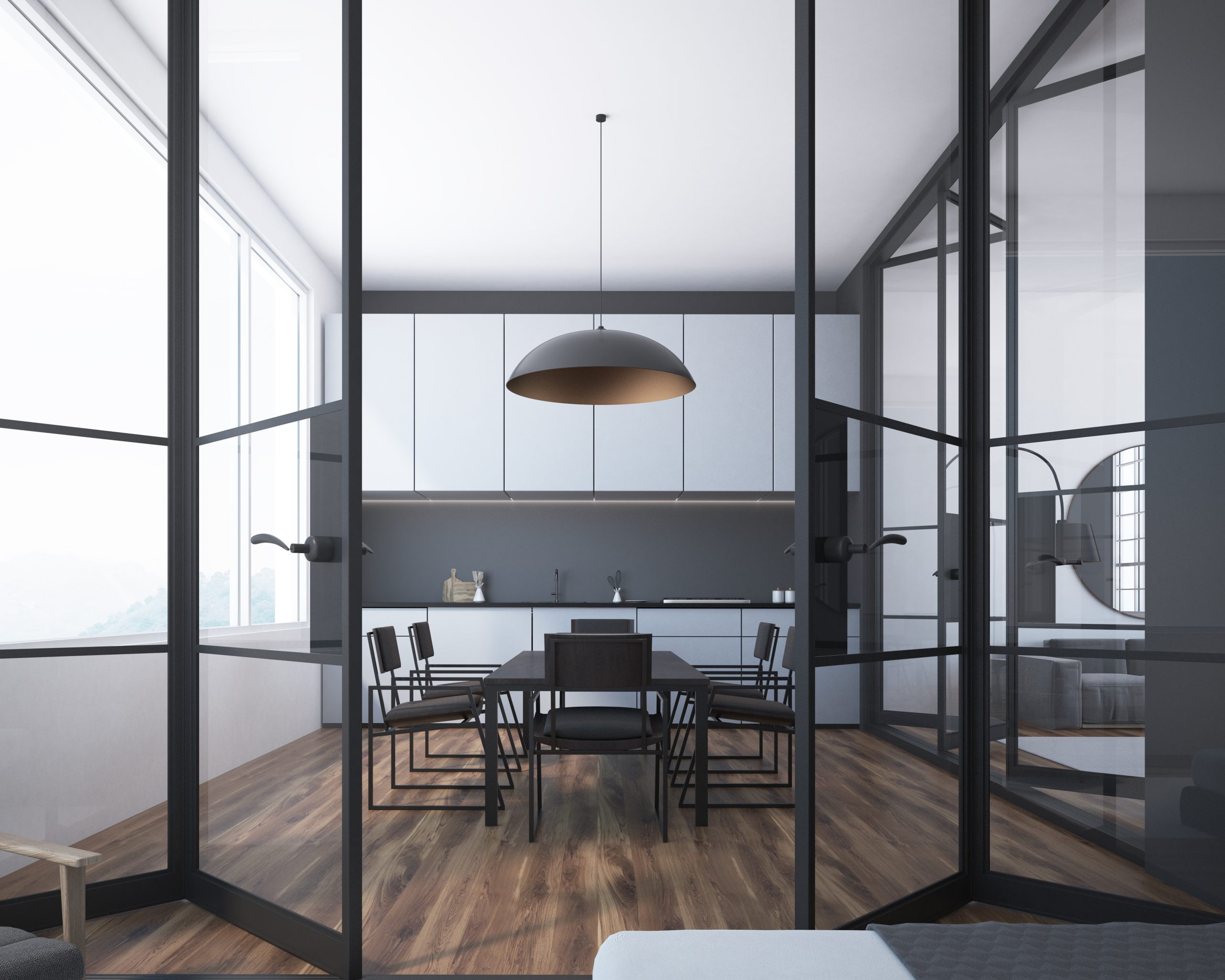
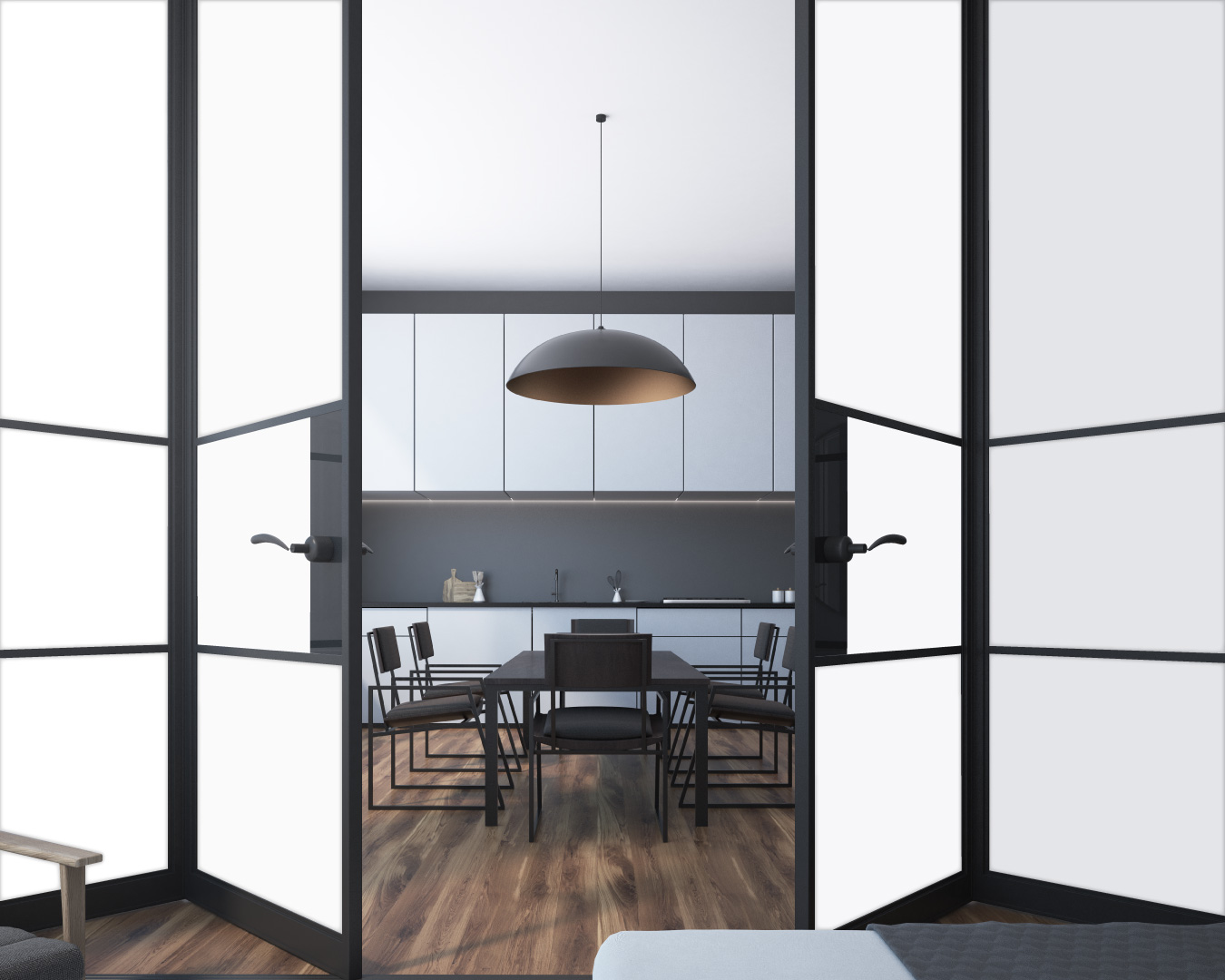
Frequently asked Questions
Our privacy glass works by utilising advanced PDLC (Polymer Dispersed Liquid Crystal) film. When an electrical current is applied, the liquid crystal molecules align, allowing light to pass through, making the glass transparent. When the current is switched off, the molecules mis-align, causing the glass to turn opaque or translucent, providing privacy.
Switchable glass doors can be used for both interior and exterior applications, depending on the specific product and its suitability for outdoor conditions.
Yes, switchable glass doors can be retrofitted into existing structures with the help of experienced professionals who can assess the feasibility and make necessary modifications.
Switchable glass doors require regular cleaning and proper maintenance to ensure their optimal performance. Following manufacturer guidelines and using appropriate cleaning solutions is essential.
While switchable glass doors offer some sound control when in opaque mode, they are not designed to provide complete soundproofing. Additional measures like acoustic seals and insulation can enhance sound insulation.
The lifespan of switchable glass doors can vary depending on factors such as usage, maintenance, and product quality. With proper care, they can last for many years.




